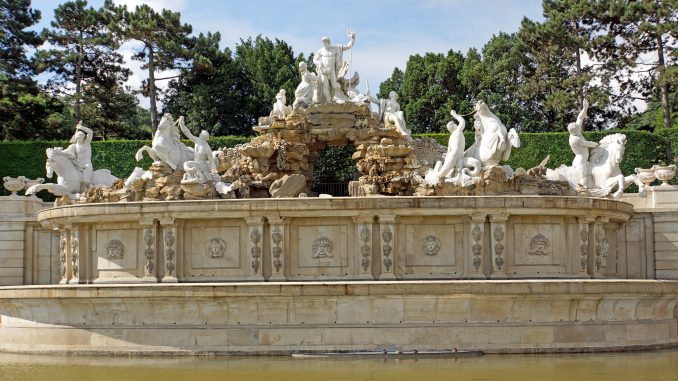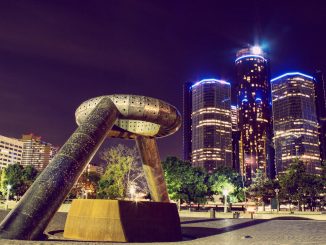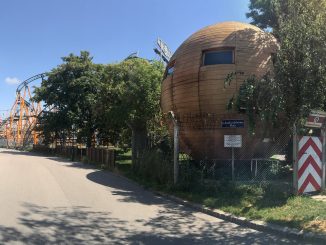
Neptune’s Fountain, at the end of Schönbrunn Garden at Schönbrunn Palace in Vienna, Austria, sits at the head of a water reservoir established in 1776. The famous fountain built under the direction of Johann Wilhelm Beyer, a German artist and garden designer, was one of the last sculptures added to the park in 1780.
The baroque sculpture depicts a mythological scene of the goddess of the sea Thetis pleading to Neptune to protect her son Achilles from harm before he leaves to conquer Troy. Four tritons, each with a conch shell trumpet sentinel at the base of the grotto. They dutifully restrain the seahorses needed to pull Neptune’s chariot across the seas.
Though Neptune’s Fountain is only one of the 32 larger than life sculptures along the Great Parterre of Schönbrunn Garden, it is considered to be the crowning monument on the grounds. Neptune’s Fountain is not only the most important piece in the garden, it also helps keep the nearby grounds cool in the summer heat.
Neptune’s Fountain Facts
- The Neptune Fountain was always intended to be the central monument of the Great Parterre.
- The fountain was commissioned by Empress Maria Theresa.
- Empress Maria Theresa died shortly after the completion of the fountain.
- Neptune with his trident was a traditional motif of the 16th to 18th centuries and symbolizes the power of the rulers and their ability alone to protect the people.


